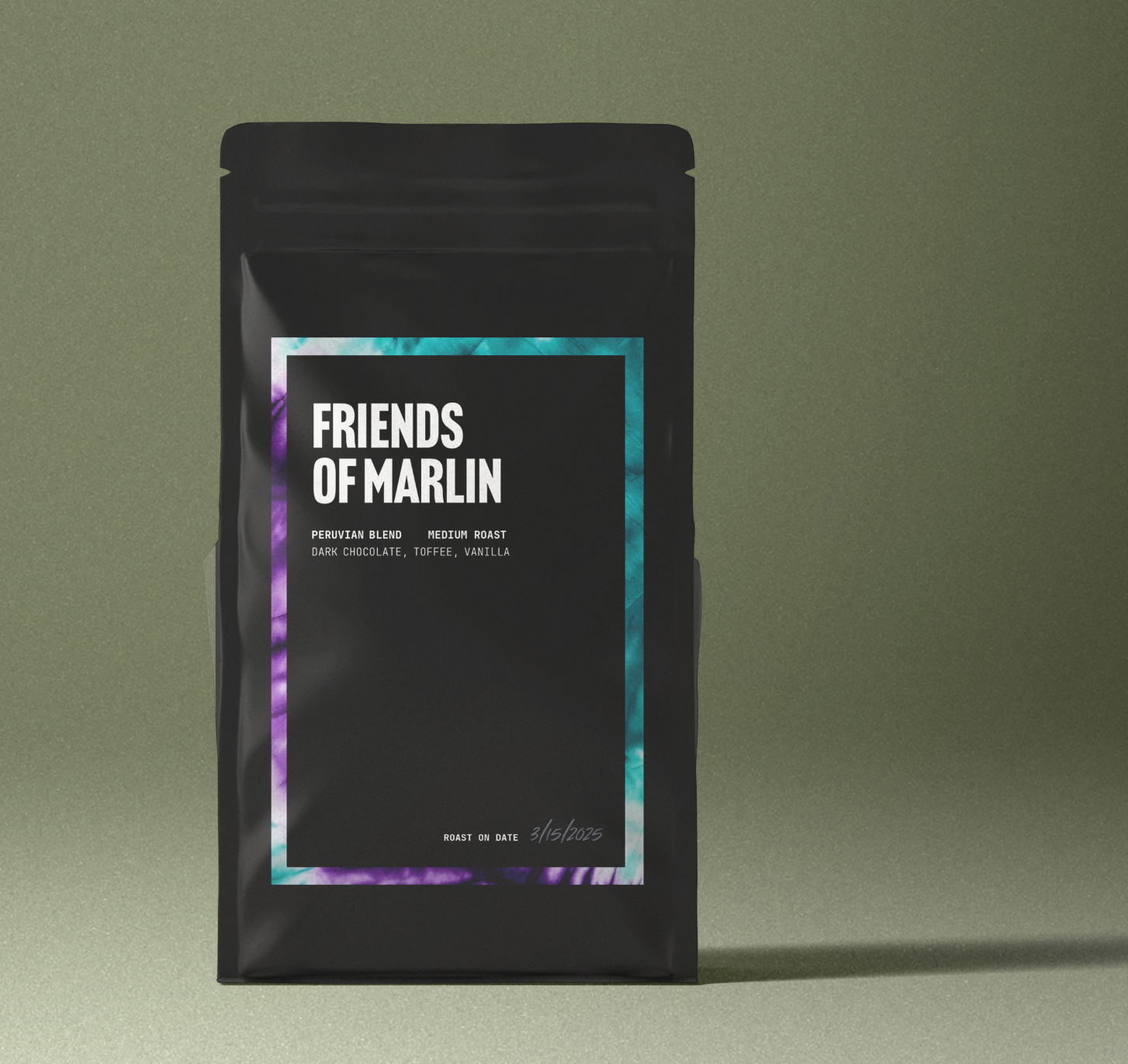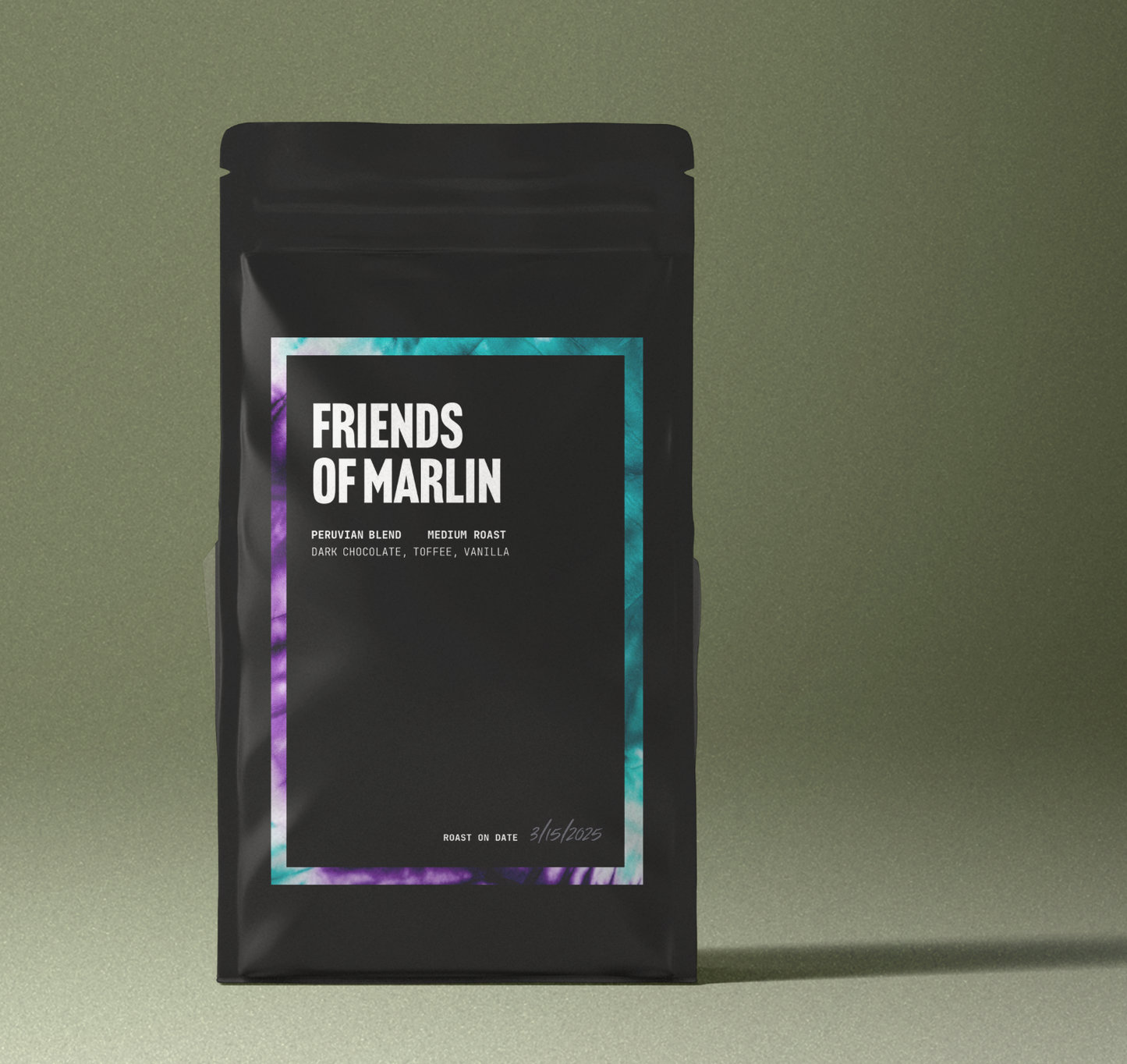
The Ultimate Guide to Coffee Bean Storage
Share
Why Storage Is Half the Battle
You can spend hours researching origin, processing method, roast level, and brewing technique—but if you neglect how you store your beans, all that effort collapses like a soufflé in a thunderstorm. Coffee’s flavor is essentially a fragile chemical snapshot of the moment it left the roaster. Aromatics start escaping within minutes, lipids begin oxidizing within days, and stale, papery notes creep in long before beans look any different. Proper storage is the unsung hero that protects those volatile compounds until you’re ready to grind and brew.
In this guide, we’ll explore every facet of coffee bean storage—from the physics of degassing to freezer protocols—so you can preserve peak flavor for weeks (or months) instead of days.
1. The Science of Staling: What We’re Fighting Against
1.1 Oxidation
When roasted beans hit ambient air, oxygen attacks lipids and aromatics, converting complex flavor molecules into dull, rancid ones. This oxidative rancidity is the main culprit behind “flat” or “cardboard” cups.
1.2 Moisture Absorption
Roasting drives off the water, leaving porous, cellular structures. Those pores eagerly soak up atmospheric moisture, which speeds up flavor breakdown and encourages mold in extreme cases.
1.3 Volatile Aromatic Loss
More than 800 volatile compounds give coffee its signature bouquet. These molecules are tiny and restless; without barriers, they drift away within hours.
1.4 Light and Heat
UV light catalyzes oxidation, while elevated temperatures accelerate every unwanted reaction. Even a sunny countertop can halve freshness time compared with a cool cupboard.
2. Degassing: Timing Your First Brew
Roasted beans release CO₂ for days, sometimes weeks. Too much trapped gas causes uneven extraction; too little means aromatics have already vanished.
- Light roasts degas slowly (7–14 days).
- Medium roasts hit the sweet spot in 3–7 days.
- Dark roasts can taste best after only 24–72 hours.
Understanding this timeline guides how soon you should crack a bag—and how you store it once opened.

3. Choosing the Right Container
3.1 One‑Way Valve Bags
Most specialty roasters pack beans in multi‑layer foil bags with a degassing valve. These are excellent for unopened storage because they allow CO₂ out while blocking oxygen in. Once you cut them open, however, their oxygen barrier is compromised each time you reseal.
3.2 Airtight Canisters
Glass jars with silicone gaskets or stainless‑steel canisters protect beans from oxygen and odors, but they trap CO₂. If you brew daily and finish a jar within a week, that’s fine; otherwise, choose a canister with a one‑way valve or built‑in CO₂ release mechanism.
3.3 Vacuum Canisters (Manual or Electric)
Vacuum‑pump lids (e.g., Fellow Atmos) remove most air each time you close the lid, dramatically slowing oxidation. Electric countertop vacuums create even lower pressures. Drawbacks:
- Pumping can pull aromatic gases out of beans if overused.
- Silicone seals wear out—replace them annually.
3.4 Inert‑Gas Flush Containers
Some high‑end storage systems inject nitrogen or argon every time you close the lid, displacing oxygen entirely. They’re pricey, but for rare Geshas or competition lots, the cost might be justified.
3.5 Material Matters
- Opaque stainless steel: Blocks 100 % of light and is odor‑neutral.
- Miron (violet) glass: Filters UV while letting in infrared that supposedly stabilizes organics—claims are debatedbut results are positive anecdotally.
- Clear glass: Fine for dark cupboards but risky on counters.
4. Environment: Where to Keep Your Beans
FactorIdeal RangeNotes
Temperature 60 – 70 °F (15 – 21 °C) Lower is better; avoid > 77 °F/25 °C.
Humidity 30 – 50 % RH High humidity speeds staling; low humidity is fine if the container is sealed.
Light Near‑zero UV Store in darkness or opaque vessel.
Avoid kitchen hot spots: above dishwashers, beside ovens, or on sun‑drenched windowsills. A dark pantry shelf away from external walls (which heat up in summer) is ideal.

5. Pantry vs. Fridge vs. Freezer
5.1 Pantry (Room Temperature)
Best for beans you’ll finish within 2–3 weeks. Use airtight or vacuum containers and keep them in the dark.
5.2 Refrigerator
Generally not recommended. Fridges are humid, and every opening/closing swings temperature, causing condensation on beans. They also harbor strong odors (onions, cheese) that lipids can absorb.
5.3 Freezer
Freezing drastically slows oxidation and aromatic loss by reducing molecular motion. Done correctly, it’s the gold standard for long‑term storage.
Freezer Do’s
- Divide beans into small, one‑brew portions (e.g., 20 g for a V60, 60 g for a Chemex).
- Use thick, vacuum‑sealed bags or double‑zip freezer bags with as much air squeezed out as possible.
- Label each parcel with the roast date and weight.
- Keep beans at or below 0 °F (‑18 °C).
Freezer Don’ts
- No glass jars: Risk of thermal shock.
- No repeated thaw‑refreeze cycles: Condensation forms and degrades flavor. Always thaw only what you need.
- No door shelves: Temperature fluctuates there; use the back center.
Thawing Protocol
- Remove a portion from the freezer.
- Leave it sealed at room temperature for 30–60 minutes until it reaches ambient temperature (prevents condensation on beans).
- Grind and brew immediately; do not return unused beans to the freezer.
6. Buying Strategy: Roast‑to‑Consumption Planning
- Calculate weekly usage. If you brew 20 g per day for V60, that’s 140 g per week.
- Order in 250 g or 12 oz bags so you finish them in ~2 weeks.
- Stagger deliveries. Many roasters offer subscriptions—set them to ship every 14 days.
- Bulk buys = freezer. If you must buy a kilo for cost savings, portion and freeze ¾ of it immediately.
7. Myths and Misconceptions
MythReality
“A mason jar on the counter is fine because it’s airtight.” Light and heat still accelerate staling; keep it in the dark.
“Freezing ruins crema for espresso.” Numerous barista championships use frozen beans; proper thawing preserves crema.
“You should wait a full month before brewing light roasts.” Most light roasts peak between 7–14 days; a month can be past prime.
“Oxygen absorbers work like magic.” They help but don’t replace good packaging; they’re single‑use and ineffective if the container isn’t sealed.
8. Signs Your Beans Are Past Their Prime
- Flat aroma when you open the container.
- Slow, silent bloom during pour‑over (little CO₂ left).
- Dull, papery flavors or astringent finish.
- Oily surface on medium roasts (lipids oxidizing).
- Crema collapse in espresso within seconds of extraction.
Stale beans aren’t harmful—just underwhelming. Use them in cold brew, where long steep times extract what little remains, or repurpose for coffee rubs in cooking.
9. Sustainability and Storage
Reduce Waste
Proper storage cuts down on discarded stale coffee, which conserves water, energy, and labor embedded in every bean.
Eco‑Friendly Containers
- Stainless steel canisters last decades.
- Reusable silicone vacuum‑seal bags reduce plastic waste compared with single‑use freezer bags.
- Compostable one‑way valve bags exist, but only if industrial composting is available in your area.
Energy Considerations
Freezers consume electricity. If you only drink a bag per week, room‑temperature storage is greener and often sufficient. Balance freshness needs with environmental impact.

10. Step‑by‑Step Storage Workflow (Practical Blueprint)
-
Unbox and Inspect
- Note roast date.
- Decide how much you’ll brew in the next 7 days.
-
Portion
- Weigh out single‑brew packets.
- Vacuum‑seal or zip‑lock with minimal air.
-
Label
- Use painter’s tape and a Sharpie: “Ethiopia Guji, roasted Apr 12, 20 g.”
-
Freeze or Store
- Freeze portions beyond 7 days.
- Keep immediate‑use beans in a vacuum canister in the pantry.
-
Brew Cycle
- The night before, move tomorrow’s portion from freezer to pantry (still sealed).
- Next morning, open, grind, brew, enjoy.
-
Container Maintenance
- Wash jars monthly with fragrance‑free soap.
- Replace vacuum seals annually.
11. Advanced Topics
11.1 Relative Humidity Packs
Two‑way humidity control packs (e.g., Boveda 62 %) release or absorb moisture to hold beans at a stable water activity level. They slow flavor loss but can mute aromatics if RH is too high. Use 58–60 % packs for best balance.
11.2 Desiccant + Oxygen Combo
Some specialty roasters ship beans with both oxygen scavengers and silica gel. The duo tackles staling on two fronts, extending shelf life to 6 months unopened. After opening, transfer beans to an airtight container and discard packs—they stop working once exposed.
11.3 Vacuum‑Sealed Brick Bags
Commercial coffee often arrives as hard vacuum bricks. While great for shipping, once you pierce the foil, beans stale rapidly. Transfer immediately to a proper container.
11.4 Barrel‑Aged and Flavored Coffees
Beans aged in whiskey barrels or infused with oils are even more sensitive; aromatic compounds evaporate quickly. Store them frozen in airtight pouches and brew within four weeks of roast for peak flavor.
12. Frequently Asked Questions
Q: Can I grind beans before freezing?
A: Whole beans resist oxidation far better than grounds. Only freeze pre‑ground if convenience outweighs quality, and expect noticeable flavor loss.
Q: My freezer smells like garlic—will that taint beans?
A: If beans are double‑sealed in odor‑barrier bags, they’re safe. For extra insurance, store coffee in a separate small chest freezer if you have one.
Q: Are ceramic canisters good?
A: Yes, if they’re opaque and have a quality rubber or silicone seal. Ceramic’s thermal mass also buffers against temperature swings.
Q: How long do beans last if vacuum‑sealed and frozen?
A: Up to 12 months without catastrophic flavor loss, though subtle high‑notes fade after 3–4 months. Championship‑level espresso typically uses beans frozen < 8 weeks.
13. Putting It All Together: Storage Scenarios
Scenario A: The Daily Home Brewer
Buys 12 oz bag every two weeks.
- Keep bag sealed with a clip between uses.
- Store in a dark, cool cupboard.
- Finish within 14 days—no freezer needed.
Scenario B: The Variety Sampler
Buys four 250 g bags monthly but only brews one at a time.
- Open first bag, store in vacuum canister.
- Immediately freeze the other three in original valve bags inside freezer zip‑locks.
- Thaw each subsequent bag overnight before use.
Scenario C: The Espresso Enthusiast
Pulls 18 g double shots twice daily.
- Weigh 36 g portions; vacuum‑seal and freeze.
- Thaw two packets each morning.
- Store a week’s worth in an Atmos canister near the grinder.
Scenario D: The Coffee Shop Owner
Goes through 5 kg per week.
- Keep unopened kilo bags in a climate‑controlled storeroom at 60 °F.
- Once opened, pour beans into a commercial hopper with nitrogen flush.
- Empty hoppers nightly and seal beans in airtight bins to minimize oxygen exposure.
14. Conclusion: Freshness Is a Habit
Storing coffee beans isn’t rocket science, but it is a discipline. Tiny decisions—choosing an opaque container, portioning before freezing, labeling dates—compound into dramatically better cups. Treat beans like the perishable, flavor‑dense treasures they are, and they’ll reward you with nuanced aromatics, syrupy body, and sparkling acidity long after roast day.
So, next time you unbox that honey‑processed Ethiopian or deeply sweet natural from Brazil, pause for two minutes: portion, seal, label, store. Your future self—cradling a fragrant mug—will taste the payoff in every sip.

